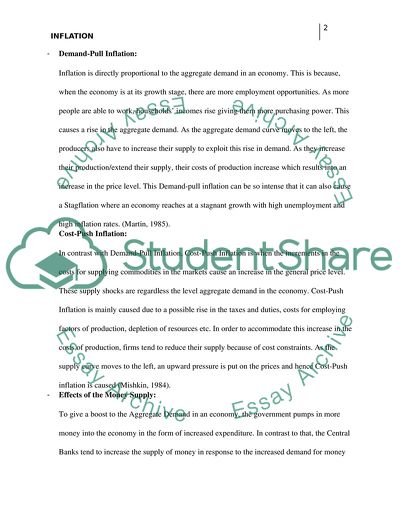Cite this document
(“Inflation Essay Example | Topics and Well Written Essays - 1500 words - 3”, n.d.)
Retrieved from https://studentshare.org/miscellaneous/1572434-inflation
Retrieved from https://studentshare.org/miscellaneous/1572434-inflation
(Inflation Essay Example | Topics and Well Written Essays - 1500 Words - 3)
https://studentshare.org/miscellaneous/1572434-inflation.
https://studentshare.org/miscellaneous/1572434-inflation.
“Inflation Essay Example | Topics and Well Written Essays - 1500 Words - 3”, n.d. https://studentshare.org/miscellaneous/1572434-inflation.


